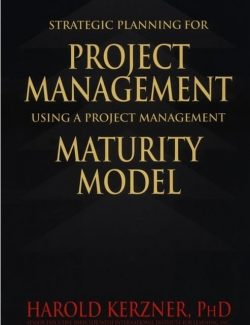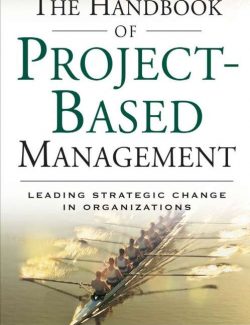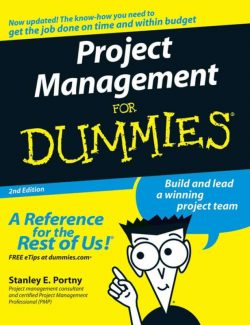Description
“It has often been said that ‘to improve, one must be prepared to measure the improvement’ and ‘one must inspect what one expects.’ The Kerzner Project Management Maturity Model has provided this tangible measure of maturity. The rest is up to a company to set the expectations and to inspect the results.”–Bill Marshall, Nortel Global Project Process Standards (from the Foreword)
Strategic planning for project management-a proven model for assessment and continuous improvement
Harold Kerzner’s landmark Project Management has long been the reference of choice for outstanding coverage of the basic principles and concepts of project management. Now, with the Project Management Maturity Model (PMMM) detailed in this new book, Kerzner has developed a unique, industry-validated tool for helping companies assess their progress in integrating project management throughout their organization.
Strategic Planning for Project Management Using a Project Management Maturity Model begins by examining the principles of strategic planning and how they relate to project management. The second part of the book introduces the PMMM, detailing the five different levels of development for achieving maturity, along with benchmarking instruments for measuring an organization’s progress along the maturity curve. These assessment tools can easily be customized to suit individual companies-a particularly valuable feature of the model.
Offering vital guidance for making project management a strategic tool for competitive advantage, this book helps managers, engineers, project team members, business consultants, and others build a powerful foundation for company improvement and excellence.










Leave us a comment
1 Comment